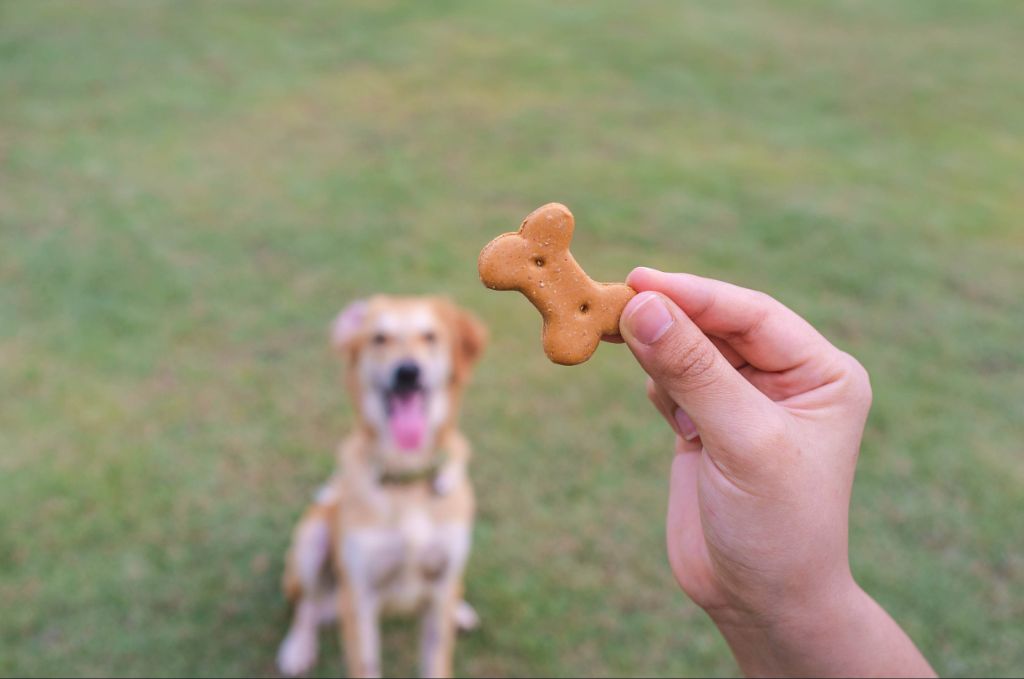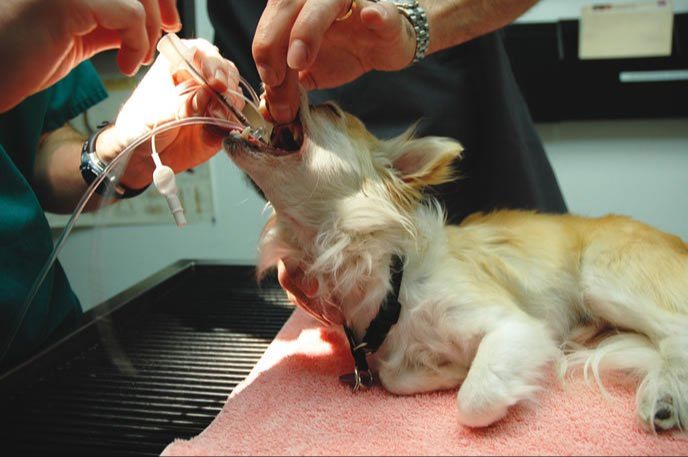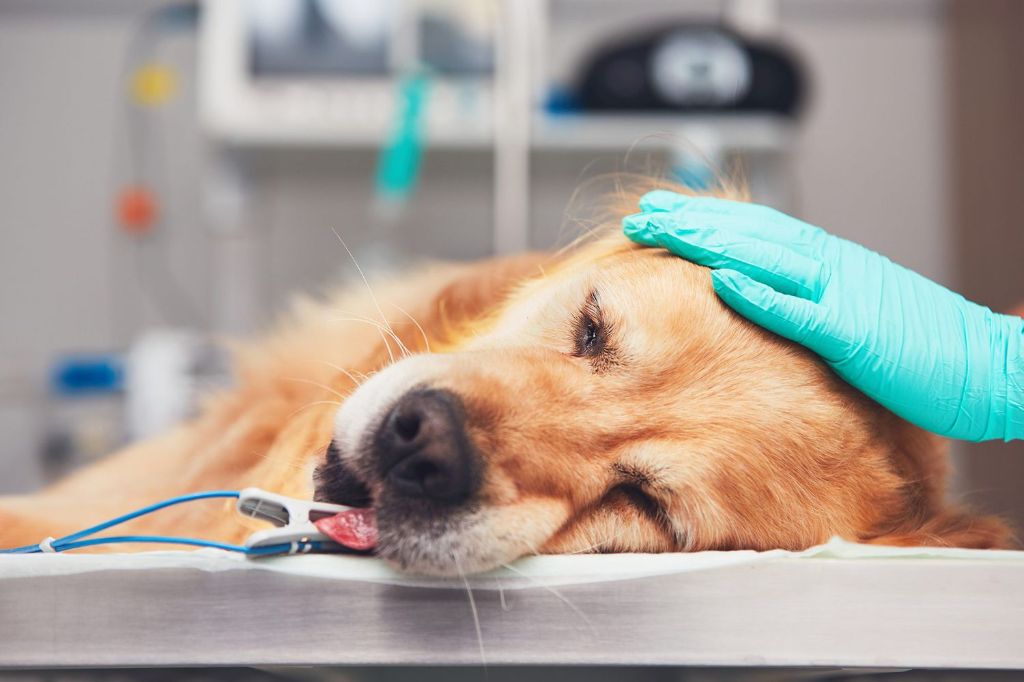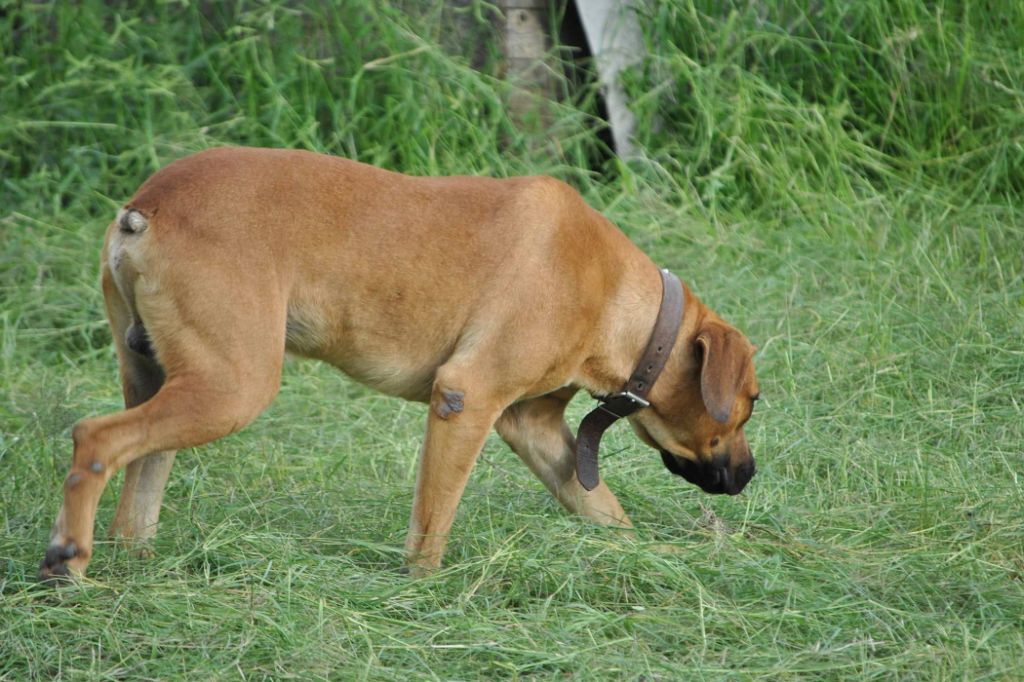Introduction
Nail trimming is an important part of regular grooming and health care for dogs. Keeping nails trimmed helps prevent problems like ingrown nails, arthritis, and joint issues caused by overgrown nails altering a dog’s gait. However, nail trims can be stressful and painful for some dogs, especially those with sensitive paws or negative past experiences. Sedating a dog for nail trims may occasionally be considered to ensure a safe and stress-free trim when no alternatives exist. This article will provide an overview of the key considerations around sedating dogs for nail trims.
Should You Sedate Your Dog for Nail Trims?
Sedating dogs for nail trims is sometimes recommended for extremely anxious or aggressive dogs who pose a danger to themselves or others when their nails are clipped. However, sedation does come with risks that pet owners should consider.
Some of the potential benefits of sedation include:
- Allows the nails to be trimmed safely if the dog is too aggressive or anxious
- Minimizes stress for both the dog and the groomer/owner
- May train the dog over time to accept nail trims better by associating it with a calm state
However, there are also some potential downsides and risks to be aware of:
- Sedatives can sometimes cause breathing problems, low blood pressure, or allergic reactions (“Risks of sedating dog for nail trim near me,” n.d.)
- Older dogs are at higher risk of complications from sedation (“How Much Does It Cost To Sedate A Dog For Nail Trimming?,” 2023)
- Doesn’t address the underlying fear or anxiety issues the dog has
- Repeated sedations can be costly over time
Overall, sedation solely for nail trims may be warranted in limited cases but should be considered carefully after exploring other options first.
Alternatives to Sedation
While sedation provides a quick fix for nail trims, there are some alternative methods to try first before resorting to sedatives. With training and patience, many dogs can learn to tolerate having their nails clipped without being knocked out.
One of the most effective alternatives is desensitization training. This involves slowly acclimating your dog to having their paws touched and nails handled through positive reinforcement. You can pair treats or praise with brief touches to their feet, gradually working up to clipping just one nail at a time. It may take many short sessions over weeks or months, but this classical conditioning can help fearful dogs see nail trims as a positive experience. Resist scolding or forcing it, as this will only increase anxiety.

Another helpful technique is distraction. Have a second person engage your dog with a food puzzle toy, massage, or play as you trim the nails quickly. You can also try clipping after vigorous exercise when your dog is more mentally and physically relaxed. Some owners find their pets are most cooperative right after a bath.
Using a styptic powder like Kwik Stop can give confidence if you clip the quick and bleeding occurs. The powder cauterizes wounds and numbs pain. Grinding tools are gentler than clippers, filing down nails bit by bit versus cutting. Introduce them gradually and pair with rewards.
While sedation is sometimes necessary, taking things slowly with training, distraction, styptic powder, and grinders often works well as an alternative for dogs who dislike nail trims.
When Sedation May Be Necessary
Sedating a dog for nail trims should only be considered as a last resort when other options have failed. However, there are some cases where sedation prior to nail trimming may be warranted:
Extremely anxious or aggressive dogs may benefit from sedation in order to safely trim their nails without causing undue stress or posing risks to the groomer/vet. Some dogs have such severe anxiety around nail trims that they cannot be reasonably restrained or distracted with treats/toys. Mild sedation allows the process to be completed calmly and without trauma. According to Nail Trim Nightmare, oral sedatives can be tried prior to appointments for extremely anxious dogs, allowing them to remain relaxed during the trim.
Dogs with certain medical conditions that make nail trims very painful may also require sedation. Conditions like arthritis or overgrown/deformed nails can make trimming extremely uncomfortable. In these cases, mild sedation may help relieve pain and allow the nails to be addressed safely. Always consult a vet first to ensure sedation is appropriate for any medical condition.
Types of Sedatives
There are two main types of sedatives used for nail trims in dogs: oral sedatives and injectable sedatives.
Oral Sedatives
Some common oral sedatives used include:
- Acepromazine – This sedative reduces anxiety but doesn’t provide pain relief. It takes about 1 hour to take effect and lasts 4-6 hours (Dog Sedatives For Grooming).
- Benadryl (diphenhydramine) – This mild antihistamine has a sedative effect at higher doses. It starts working in 30-60 minutes and lasts 4-6 hours (7 ways to sedate dog to keep calm when using nail clippers).
- Trazodone – This antidepressant has sedative effects. It takes 1-2 hours to start working and lasts 8-12 hours.
Injectable Sedatives
Veterinarians may administer injectable sedatives like:
- Acepromazine – Can be given by injection to provide faster sedation.
- Dexmedetomidine – Provides sedation and pain relief. Takes effect in 15 minutes and lasts 1-2 hours.
- Midazolam – A fast-acting benzodiazepine sedative that lasts about 1 hour.

Comparison
Oral sedatives are easier to administer at home but can take an hour to start working. Injectable sedatives from the vet provide faster, shorter-term sedation but require an appointment and veterinary oversight.
The Sedation Process
The sedation process typically involves the following steps:
Before administering any sedatives, the veterinarian will do a physical exam of your dog and run any necessary tests to ensure sedation can be done safely. This includes checking your dog’s vital signs and doing bloodwork if needed (Source).
Your dog will need to fast for around 8-12 hours before sedation to prevent vomiting or aspiration. Do not allow your dog to have food or treats during this pre-sedation fast period.
The actual sedative medication is administered either orally or via injection by the veterinarian. Common sedatives used include acepromazine, midazolam, and ketamine. The medication will make your dog very sleepy and relaxed for the nail trim.
Veterinary staff will monitor your dog closely during and after sedation. Your dog’s breathing, heart rate, and oxygen levels will be checked frequently. Your dog will be kept warm and comfortable until fully recovered from the sedation.
At-Home Sedation
At-home sedation for nail trims is generally not recommended. While some pet owners may want to sedate their dogs themselves to avoid a vet visit, doing so without professional supervision carries risks.

According to veterinarians, the two biggest dangers of at-home sedation are oversedation and respiratory depression. Oversedation can occur if the wrong medication or dose is administered. This can lead to low blood pressure, slower heart rate, and oxygen deprivation. Respiratory depression happens when the sedative depresses the respiratory system, causing slower or troubled breathing. Without monitoring, this can quickly become dangerous.
There are also risks if the pet is not properly fasted beforehand or if underlying health conditions are present. Sedatives can cause nausea, vomiting, or choking without fasting. They may also interact with medications the dog is already taking.
Pet owners who still wish to sedate their dogs at home should use extreme caution. Only mild sedatives like Benadryl should be considered. The proper dosage for the dog’s weight must be carefully followed. You should fast the dog for 12 hours beforehand and keep a close eye on breathing rate and responsiveness. Never leave the dog unattended after sedation. Having the vet’s direct guidance is strongly recommended over attempting this without input. Even with precautions taken, the risks of at-home sedation often outweigh the benefits compared to professional veterinary sedation.
Sources:
https://www.dogkindtraining.com/blog/nail_care_for_fearful_dogs
https://dogsbestlife.com/dog-grooming/nail-clippers/
After Sedation Care
Proper aftercare is crucial for your dog’s health and recovery after sedation or anesthesia. According to VCA Animal Hospitals (https://vcahospitals.com/know-your-pet/post-operative-instructions-in-dogs), you should restrict your dog’s activity for at least one week after sedation or surgery. This helps prevent complications like internal bleeding or reactions with the anesthetic drugs.
The recovery time will vary depending on the procedure, your dog’s health, and the type of sedative used. In most cases, your dog should be fully alert and able to walk within 24 hours. Some common side effects in the first day or two include:
- Excessive sleepiness or fatigue
- Lack of appetite
- Nausea or vomiting
- Unsteady walking

You should call your vet if these symptoms persist for more than 48 hours or if your dog exhibits signs of an adverse reaction like labored breathing, diarrhea, or seizures. With proper monitoring and care, your dog should make a full recovery within a week after sedation.
Cost of Sedation
The cost of sedating a dog for nail trimming can vary quite a bit depending on your location, veterinarian fees, and the size of your dog. According to MarketWatch, sedation can cost $50 to $75 for small dogs and $100 to $200 for large dogs. Here’s a breakdown of the typical costs:
Exam and Testing Fees
Before sedating your dog, the vet will likely do an exam to make sure your dog is healthy enough for sedation. This usually costs $50-250 according to Rex Pets. Your vet may also run blood tests or other diagnostics which could be an additional $100-300.
Sedative Cost
The sedative itself usually costs $50-150 depending on the medication used and the size of your dog. Sedation is dosed based on body weight, so larger dogs require more sedative.
Total Cost Range
Adding up the exam, testing, and sedative, most pet owners can expect to pay $200-600 to have their dog sedated for nail trims. However, some have reported paying $800 or more according to this Reddit thread. Your specific veterinarian’s rates will determine the total cost.
Key Takeaways
In summary, sedating your dog for nail trims should only be done as a last resort. There are many alternatives to try first, like positive reinforcement training, nail grinders, and anxiety wraps. Sedation comes with risks and should be carefully considered. If deemed absolutely necessary by your vet, it’s crucial to monitor your dog closely during and after being sedated for their safety. The takeaway is to exhaust all other options before turning to sedation, and to always consult your vet on the decision.
